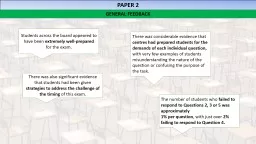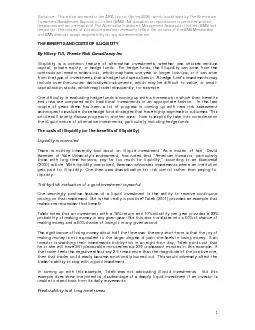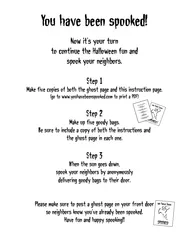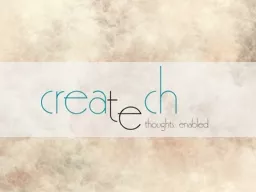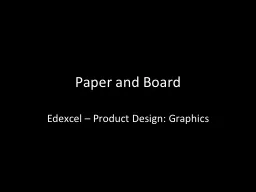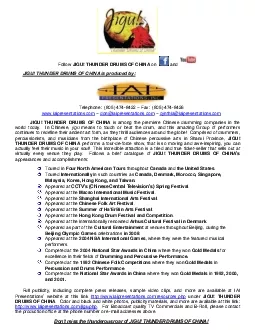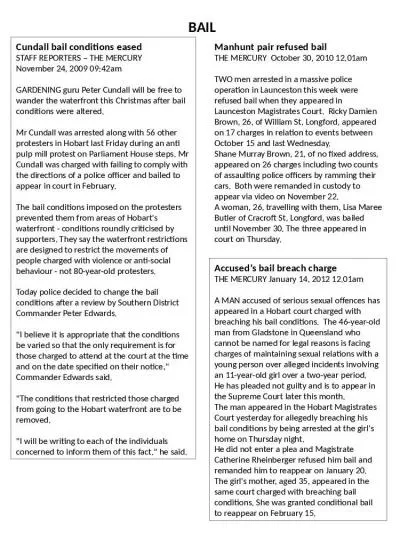PPT-PAPER 2 Students across the board appeared to have been
Author : lois-ondreau | Published Date : 2018-10-28
extremely wellprepared for the exam There was considerable evidence that centres had prepared students for the demands of each individual question with very few
Presentation Embed Code
Download Presentation
Download Presentation The PPT/PDF document "PAPER 2 Students across the board appea..." is the property of its rightful owner. Permission is granted to download and print the materials on this website for personal, non-commercial use only, and to display it on your personal computer provided you do not modify the materials and that you retain all copyright notices contained in the materials. By downloading content from our website, you accept the terms of this agreement.
PAPER 2 Students across the board appeared to have been: Transcript
Download Rules Of Document
"PAPER 2 Students across the board appeared to have been"The content belongs to its owner. You may download and print it for personal use, without modification, and keep all copyright notices. By downloading, you agree to these terms.
Related Documents

